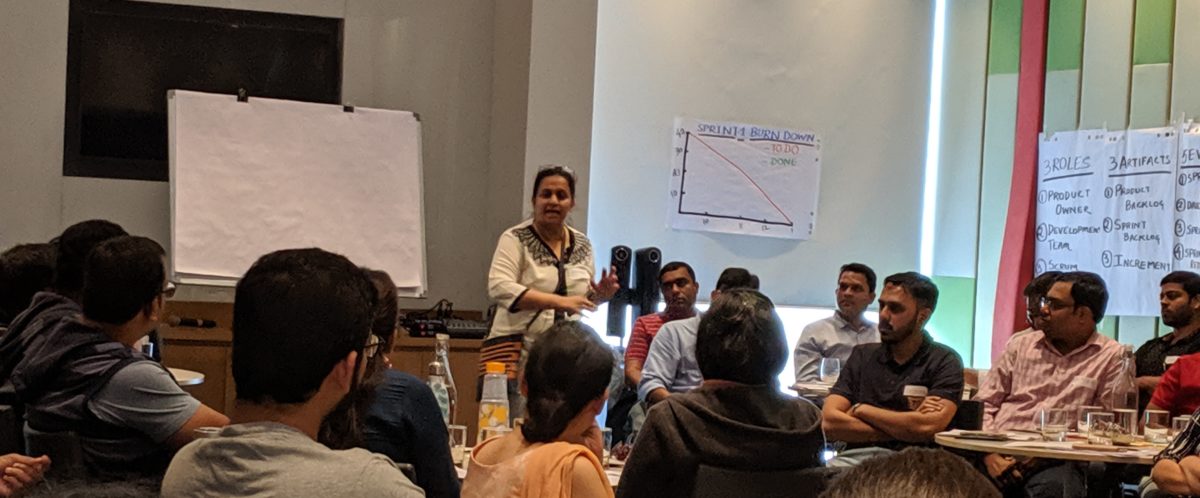What is an antipattern? – An idea which seems good but has more negatives than positives. Click here to read the definition of Anti-Pattern.
Why do people feel that Scrum Master should solve all impediments
- In the 2017 version of Scrum Guide the accountability of the Scrum Master was mentioned as “Removing impediments to the Development Team’s progress;”. This sentence was often misunderstood and it was assumed that Scrum Master is the one who runs around and solves impediments.
- The term “Facilitator” is commonly misunderstood as a “coordinator”. Most teams come from a waterfall background and are used to having a Project Manager. In most organizations, the Project Manager is nothing more than a PMO who coordinates and does administrative activities. The essence of facilitation is to make it easy for the team to get to conclusions and decisions. Impediment solving is only one aspect of the Facilitation.
- Most organizations implement Scrum Master as a replacement for the PMO responsibilities and expect Scrum Master to run around and solve impediments.
- From the outside, this looks to be a great idea to have developers do the work and Scrum Master run around and get the administrative stuff done.
Negative Consequences of having a Scrum Master solve all impediments
- One of the fundamental elements of Scrum is “Self Management” where the team manages itself. The Scrum Master’s job is to teach the team to be self managed and cross functional so that they can get the work done.
- Team members other than the Scrum Master might be better qualified to solve an impediment
- People often then shrug off their accountability and expect Scrum Master to be the PMO and even solve problems which they could solve internally
- Problems are often too complex to be solved by one person and therefore Scrum Master may not be the correct person to solve the problem
- Viewing an impediment from different angles helps to find effective solutions
- Many problems have to do with the way how people work together, solving such a problem cannot be done by one person
What could be done to avoid this anti-pattern
- The first line of defence for the team should be the team members themselves. The Scrum Master must teach the team to do this and not push everything into Scrum Master’s plate
- The Scrum Master should not get overloaded with solving impediments. The Scrum Master should be an observer, a coach and making sure that facilitation is done.
- For impediments which actually need Scrum Master’s help, only those Scrum Master should focus his/her attention on.
- Scrum Master should use his anticipation skills to anticipate issues so that the team can start looking for solutions a little bit in advance.
- In short, Scrum Master should become a coach and facilitator rather than just being a PMO.
- To clarify the actual accountability of Scrum Master with regards to impediment solving, the sentence has been reworded in the 2020 version of Scrum Guide to “Causing the removal of impediments to the Scrum Team’s progress” – which essentially means that it is not necessary that everyone just dumps all impediment solving on the shoulders of the Scrum Master.
This article is re-published on WORLD OF AGILE website –https://worldofagile.com/blog/scrum-master-the-solver-of-all-impediments-an-anti-pattern/



